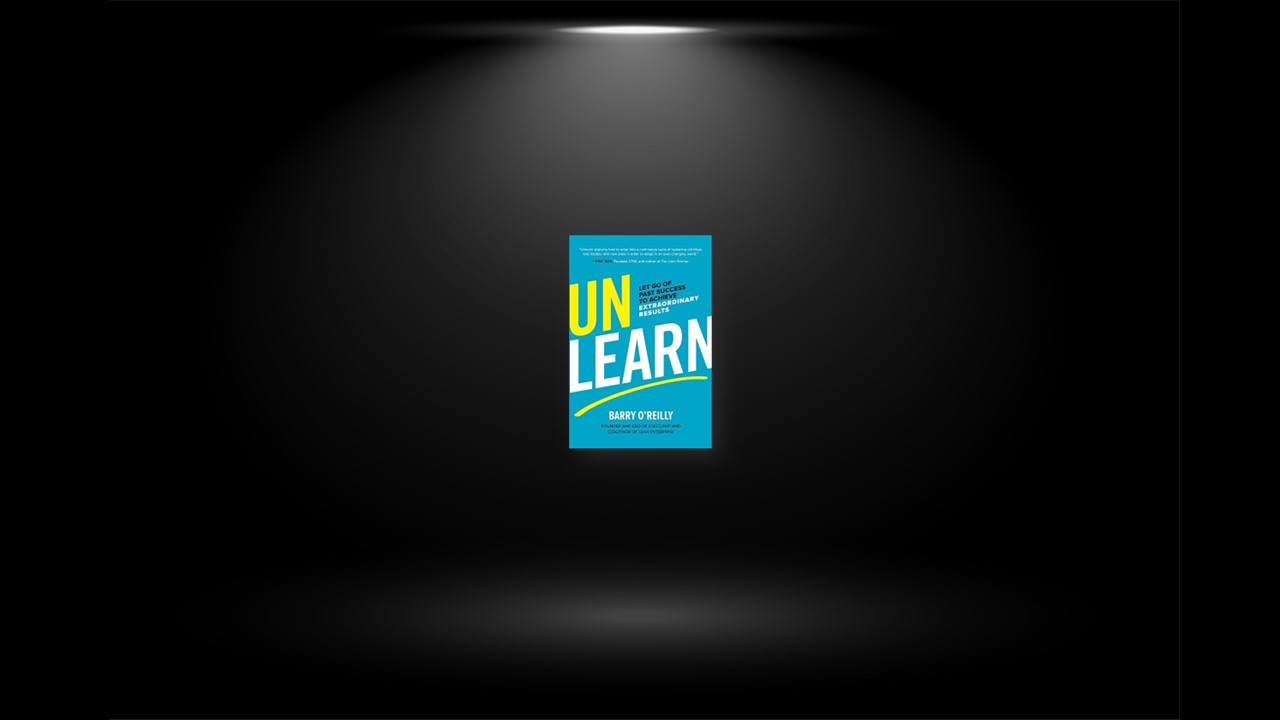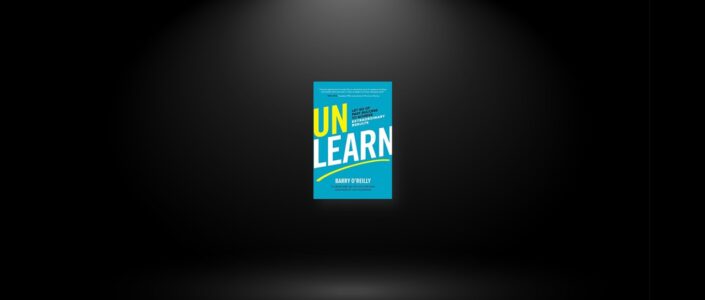Unlearning the Obstacles to Unlearning
The problem with transformation is never a lack of ideas; it’s a lack of a change in behavior. Disney, Andy Grove at Intel, and IAG all came to the realization that if they wanted to have a breakthrough in leadership mindset and business results, they had to behave differently, not their teams, and they had to commit to it for a period of time.
You don’t trigger a shift in mindset by simply thinking differently; you start by acting differently. When you act differently, you start to see and experience the world differently, impacting your mindset as a result. Behaving in new ways changes your perspective on situations, which in turn impacts your mindset. The resulting shift in mindset then affects your behavior, and so a virtuous cycle of new thinking and behavior begins.
You’ve got to be willing to get outside your comfort zone and have the courage to work in new and uncertain ways to achieve breakthroughs and the extraordinary results you seek. These are leaders who don’t fear the future; they’re inventing it.
Unlearn
The key to unlocking the capability to continuously adapt and affect your environment and personal development starts with you. By identifying the aspiration or outcome you wish to achieve—paired with the deliberate practice to get there—you can start to move toward your desired state and achieve extraordinary results.
At its very essence, unlearning is being open to trying new approaches, a willingness, a curiosity, and a belief that it’s possible. But to drive it, you actually have to do something. You can’t sit there and say, “Great—I want to unlearn.” You have to identify a challenge and take action to move forward.
- Identify a Challenge You Wish to Address
- Define Success as Though You Have Dissolved or Conquered the Challenge
- Channel Courage over Seeking Comfort
- Commit to, Start, and Scale the Cycle of Unlearning
Relearn
Always remember, the best way to create new behaviors—for yourself and for your organization—is to demonstrate them yourself and show people you are committed to improving how you work, how your systems work, and how everyone could work. As a leader, people will follow your example, resulting in a ripple effect across the entire organization. Slowly, simply, and with small steps, everyone starts to relearn new behaviors, opening themselves up to new information, new insight, and new perspectives of the world around them.
This is how we relearn and take the next step: to break through and harness the power of information we gather to inform our decision making and adapt our thinking and behavior, aligned to the overall aspiration or outcome we wish to achieve. Here are the necessary conditions to take the second step in the Cycle of Unlearning: relearn.
- You’ve Thought Big, Now Create Options for Small Steps
- Find the Right Behavior that Aligns with Helping You Achieve the Outcome You Want
- Starting Small Is Even Smaller than You Think
Breakthrough
The third and final step of the Cycle of Unlearning is breakthrough. Breakthrough is the result of unlearning and then relearning—it’s the new information and insights that come out of the first two steps of the cycle. The new information and insights are extremely powerful because they inform and transform your perspective. You experience the benefits of a new perspective, which impacts your mindset, and you become more open to unlearning your behaviors more often. It’s an accelerant.
People find it extremely hard to let go of their amazing ideas. In fact, we are so conditioned to our way of thinking, seeing, and behaving that any new, contradictory, or alternative information that challenges our basic assumptions of what steps it takes to achieve success will be ignored, discounted, and blocked.
As we experience breakthroughs and free ourselves of our existing mental models and methods, we learn to let go of the past to achieve extraordinary results. We realize that as the world is constantly evolving, innovating, and progressing, so too must we. Holding on to the same thinking and behaviors inhibits our ongoing and future success. Our breakthroughs provide the opportunity to reflect on the lessons we have learned from relearning and provide the springboard for tackling bigger and more audacious challenges ahead of us.
This process can be as simple as asking ourselves what went well, not so well, and what would we do differently if we were to try and unlearn the same challenge again. Using this information and insight and feeding it forward to future loops of the Cycle of Unlearning means every loop of the cycle results in deeper insight, and greater impact and growth.
- Reflect
- Feed Forward
- Align Impact and Increase Safety to Scale Breakthroughs
- Increase Your Rate of Unlearning


